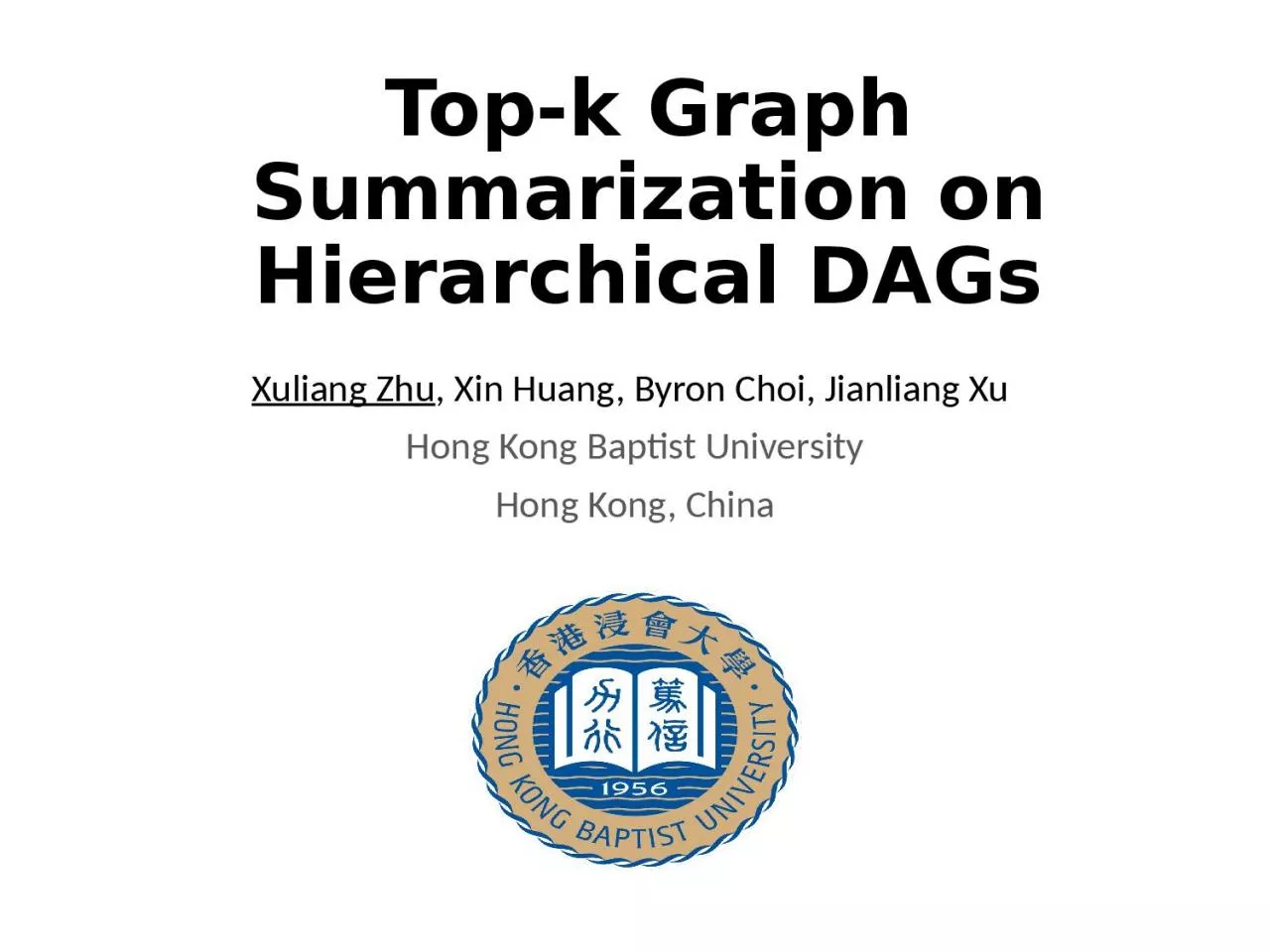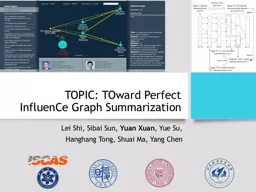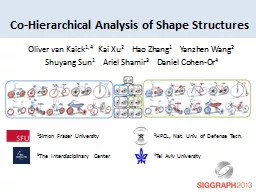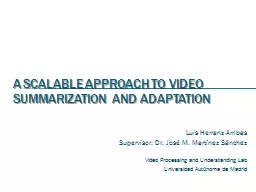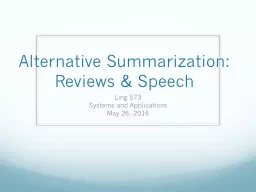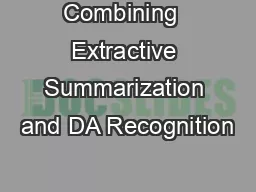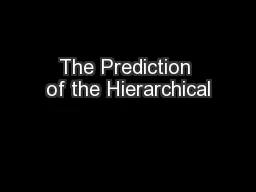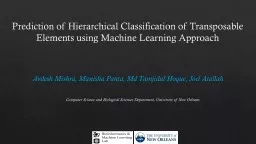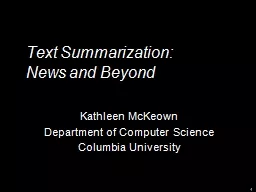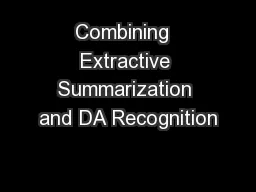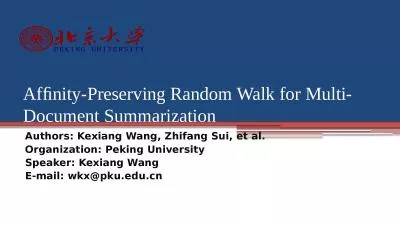PPT-Top-k Graph Summarization on Hierarchical DAGs
Author : jaena | Published Date : 2024-03-13
Xuliang Zhu Xin Huang Byron Choi Jianliang Xu Hong Kong Baptist University Hong Kong China Outlines Motivations Related Work KDAGProblem Algorithms Experiments
Presentation Embed Code
Download Presentation
Download Presentation The PPT/PDF document "Top-k Graph Summarization on Hierarchica..." is the property of its rightful owner. Permission is granted to download and print the materials on this website for personal, non-commercial use only, and to display it on your personal computer provided you do not modify the materials and that you retain all copyright notices contained in the materials. By downloading content from our website, you accept the terms of this agreement.
Top-k Graph Summarization on Hierarchical DAGs: Transcript
Download Rules Of Document
"Top-k Graph Summarization on Hierarchical DAGs"The content belongs to its owner. You may download and print it for personal use, without modification, and keep all copyright notices. By downloading, you agree to these terms.
Related Documents

